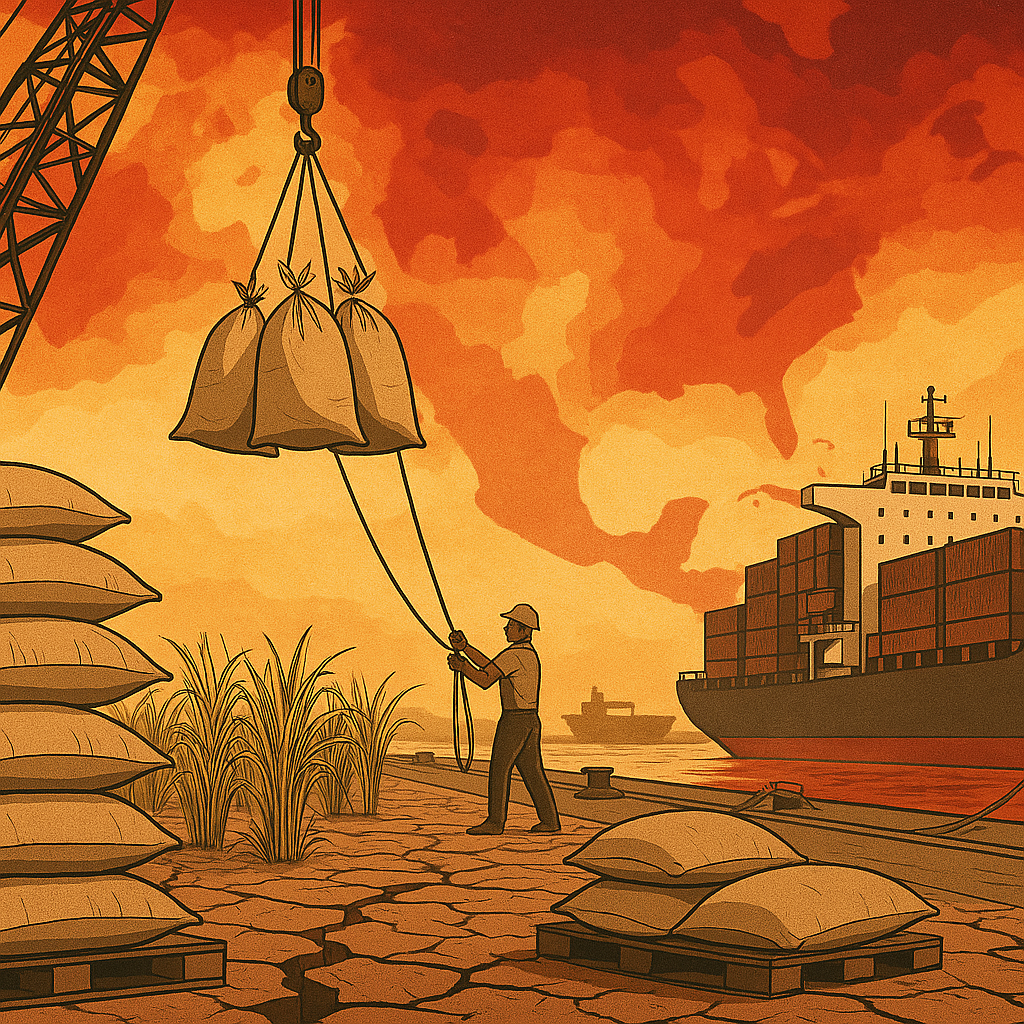U.S. Raises Tariffs on Chinese Goods Up to 245% Amid Growing Trade Tensions

In a significant development that escalates the ongoing trade conflict between the United States and China, the U.S. government has officially raised tariffs on a range of Chinese imports, with some tariffs reaching as high as 245%. This move, announced in April 2025, marks a pivotal moment in U.S.-China trade relations and is expected to have far-reaching consequences for both economies and global trade.
Key Tariff Targets and Impact
The new tariffs, a continuation of the U.S. tariffs imposed under Section 301, are not a single uniform rate but a layered structure that varies depending on the product. The tariffs are now as high as 245% for certain Chinese imports, marking an aggressive escalation in the ongoing trade war.
Key items affected by these tariff increases include:
-
Syringes and injection needles: 245%
-
Lithium-ion batteries: 173%
-
Squid and certain seafood: 170%
-
Wool sweaters: 169%
-
Toasters: 150%
-
Electric vehicles (EVs): 148%
-
Toys and dolls: 145%
-
Vitamin C: 145%
-
Aluminum foil: 75%
These tariffs are part of a broader U.S. strategy aimed at addressing perceived unfair trade practices by China, including overproduction and state subsidies that have been seen as distorting global markets, particularly in high-tech and clean energy sectors.
Why Did the U.S. Impose These Tariffs?
The Biden administration has framed the imposition of these U.S. tariffs as a protective measure for American industries. The White House and U.S. Trade Representative have expressed concerns that China’s trade practices are undermining the competitiveness of U.S. industries, particularly in high-tech, clean energy, and manufacturing sectors. According to U.S. officials, Chinese subsidies and practices have led to unfair competition, damaging U.S. businesses and workers.
By increasing tariffs, the U.S. government aims to level the playing field and curb the effects of China’s trade practices that it claims violate international trade rules. Additionally, U.S. officials believe these tariffs will encourage China to negotiate more favorable trade terms with the U.S.
China’s Response to the U.S. Tariffs
China has strongly criticized the new tariff hikes, arguing that they violate international trade laws set by the World Trade Organization (WTO). Beijing has called the tariffs “unjust” and warned of retaliatory measures, indicating that it would take “necessary actions” to protect its own economic interests. These developments signal that the trade conflict between the U.S. and China is likely to intensify, with both countries escalating their economic pressures on each other.
Global Economic Implications of U.S. Tariffs
The impact of the U.S. tariffs will likely be felt beyond the borders of the two nations. Analysts predict that these tariffs will lead to increased prices for U.S. consumers, particularly in sectors reliant on imports from China, such as electronics, automotive parts, and consumer goods. The price increases could lead to inflationary pressure in the U.S. economy, affecting everything from household goods to healthcare products.
In addition, these tariffs will likely exacerbate global supply chain disruptions. Many industries, particularly in electronics and automotive manufacturing, rely heavily on Chinese imports, and the new tariffs could force companies to either raise prices or find alternative suppliers. This will affect businesses and consumers worldwide, as companies pass on the higher costs of production to customers.
Financial Markets React to Rising U.S. Tariffs
Financial markets have reacted negatively to the news of increased U.S. tariffs. Stock prices in sectors such as technology, automotive, and retail have already shown signs of volatility, with investors concerned about the long-term economic implications of this trade dispute. The escalating tariffs could dampen investor confidence and potentially slow down global economic recovery, which has been fragile in the aftermath of the pandemic.
What’s Next for U.S.-China Trade Relations?
While the immediate impact of the U.S. tariffs is clear, the future of U.S.-China trade relations remains uncertain. Both sides are likely to continue their economic battles, and it is unclear whether any meaningful trade agreements will emerge in the near future. The imposition of higher tariffs may force China to reconsider its trade practices, but it may also prompt retaliatory measures that could further harm global trade.
Conclusion: The Ongoing Trade War and Global Economic Stability
The U.S. decision to raise U.S. tariffs on Chinese goods is a significant escalation in the trade war that has been ongoing for several years. With some tariffs now as high as 245%, both U.S. and Chinese industries are bracing for the economic consequences. The tariffs are likely to continue disrupting global supply chains, leading to price hikes and potential slowdowns in industries reliant on imports. As the U.S. and China navigate these challenges, the global economy will continue to feel the ripple effects, making it clear that the U.S.-China trade conflict is far from over.
Sources:
-
Reuters – U.S. announces higher China tariffs, some start Aug. 1
-
Financial Times – U.S. raises tariffs on Chinese EVs and semiconductor imports



